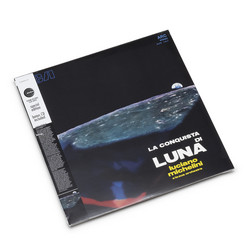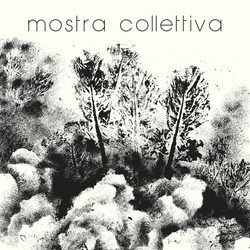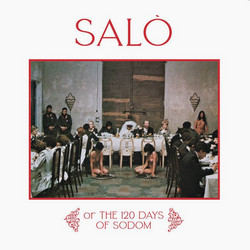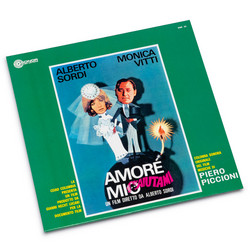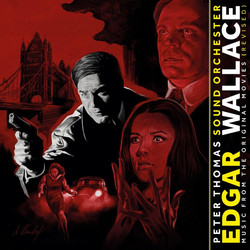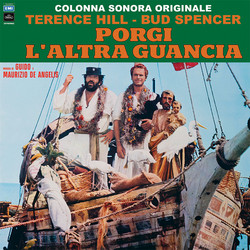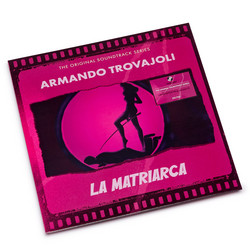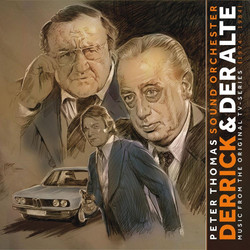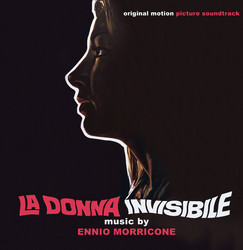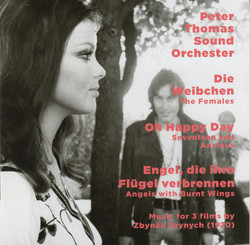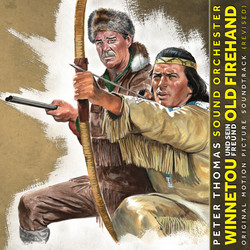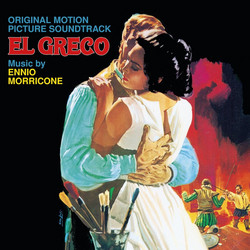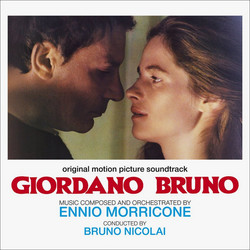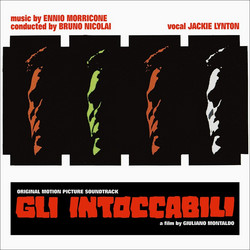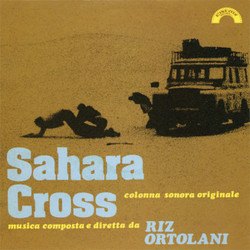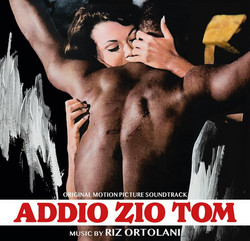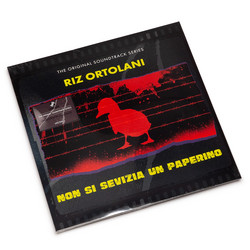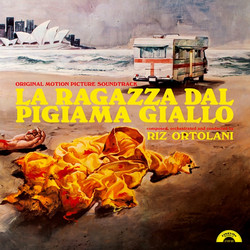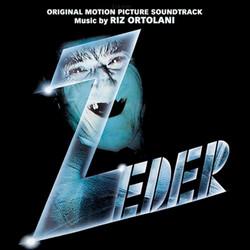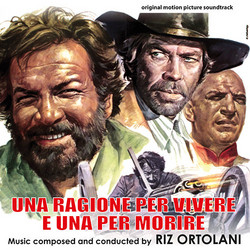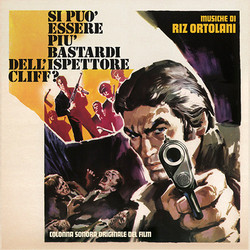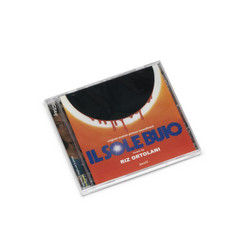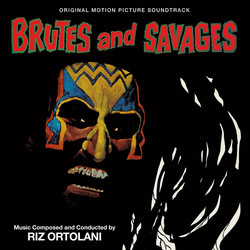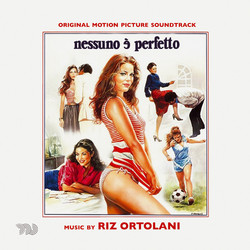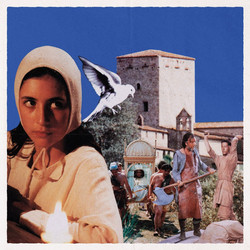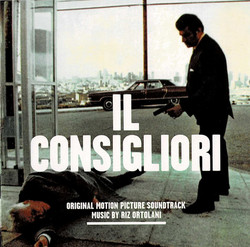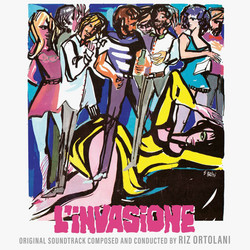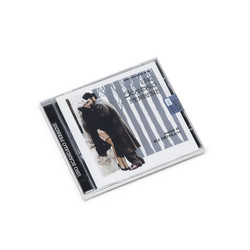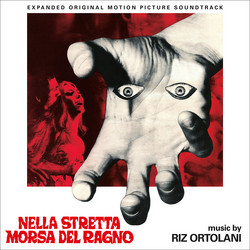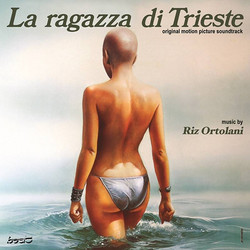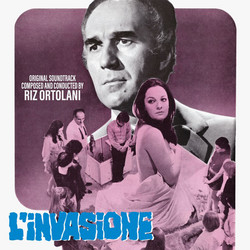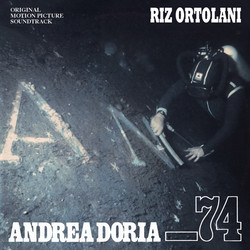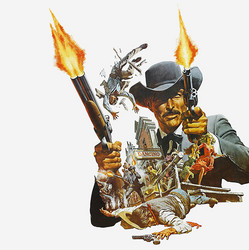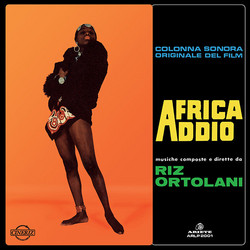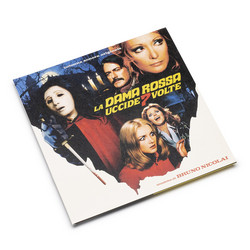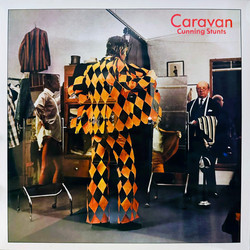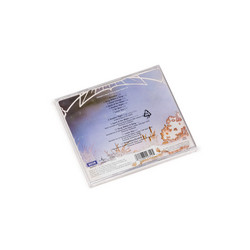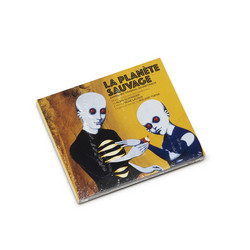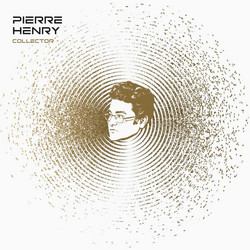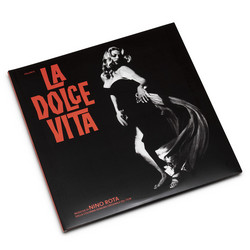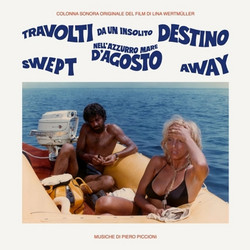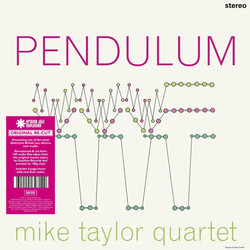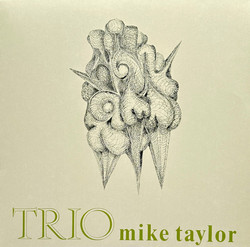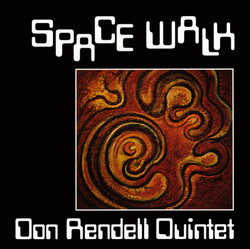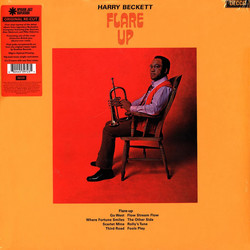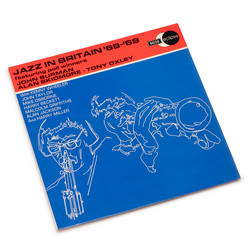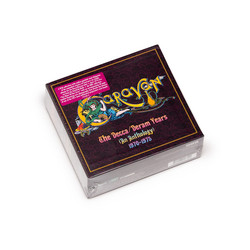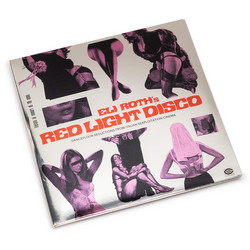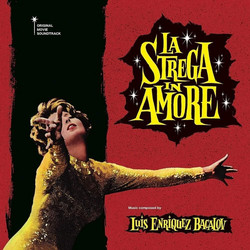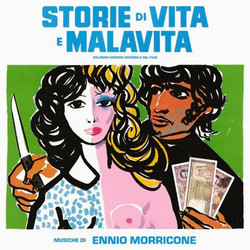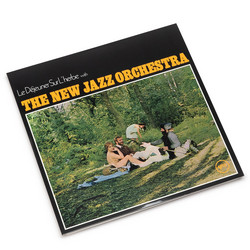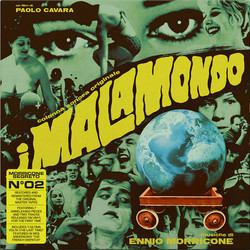Riz Ortolani, Nino Oliviero
Mondo Cane (2LP)
*2024 stock* "Riz Ortolani, an Italian composer of dozens of film scores, whose Grammy-winning instrumental melody featured in the 1962 film “Mondo Cane” evolved into “More,” the celebrated anthem of love covered by sensuous crooners around the globe, died on Jan. 23 at his villa outside Rome. He was 87. At home in a variety of musical styles and moods — jaunty humor, buzzing suspense, lush romanticism — Mr. Ortolani was among Italy’s busiest film composers for almost half a century, working in a wide range of genre movies, including spaghetti westerns, thrillers and erotica.
Though not widely known in the United States — unlike his countryman the composer Ennio Morricone, he was not generally associated with popular American films — Mr. Ortolani wrote the scores for a number of English-language films. Among them were “The Yellow Rolls-Royce” (1964), a triptych about three different owners of the same car, with an original screenplay by the playwright Terence Rattigan; “Buona Sera, Mrs. Campbell” (1968), a comedy with Gina Lollobrigida, Phil Silvers, Telly Savalas and Peter Lawford about an Italian woman with a daughter who has been getting child support from three former American soldiers who return to Italy for a reunion; and “The Hunting Party” (1971), the western drama with Candice Bergen and Gene Hackman.
More recently, the director Quentin Tarantino, a fan, used Mr. Ortolani’s music in his movies “Inglourious Basterds” and “Django Unchained.” But Mr. Ortolani is probably best known, at least in this country, for two films. The first was “Mondo Cane” (“A Dog’s World”), a documentary of sorts presenting a kaleidoscope of cultural oddities and human behavior, from peculiar to perverse, that the filmmakers, Paolo Cavara, Franco Prosperi and Gualtiero Jacopetti, found in far-flung corners of the world. The score, consisting of several distinct musical themes repeated in varying arrangements, is credited to Mr. Ortolani and Nino Oliviero, though Mr. Ortolani’s family said Mr. Ortolani had been responsible for all the themes." - nytimes.com
